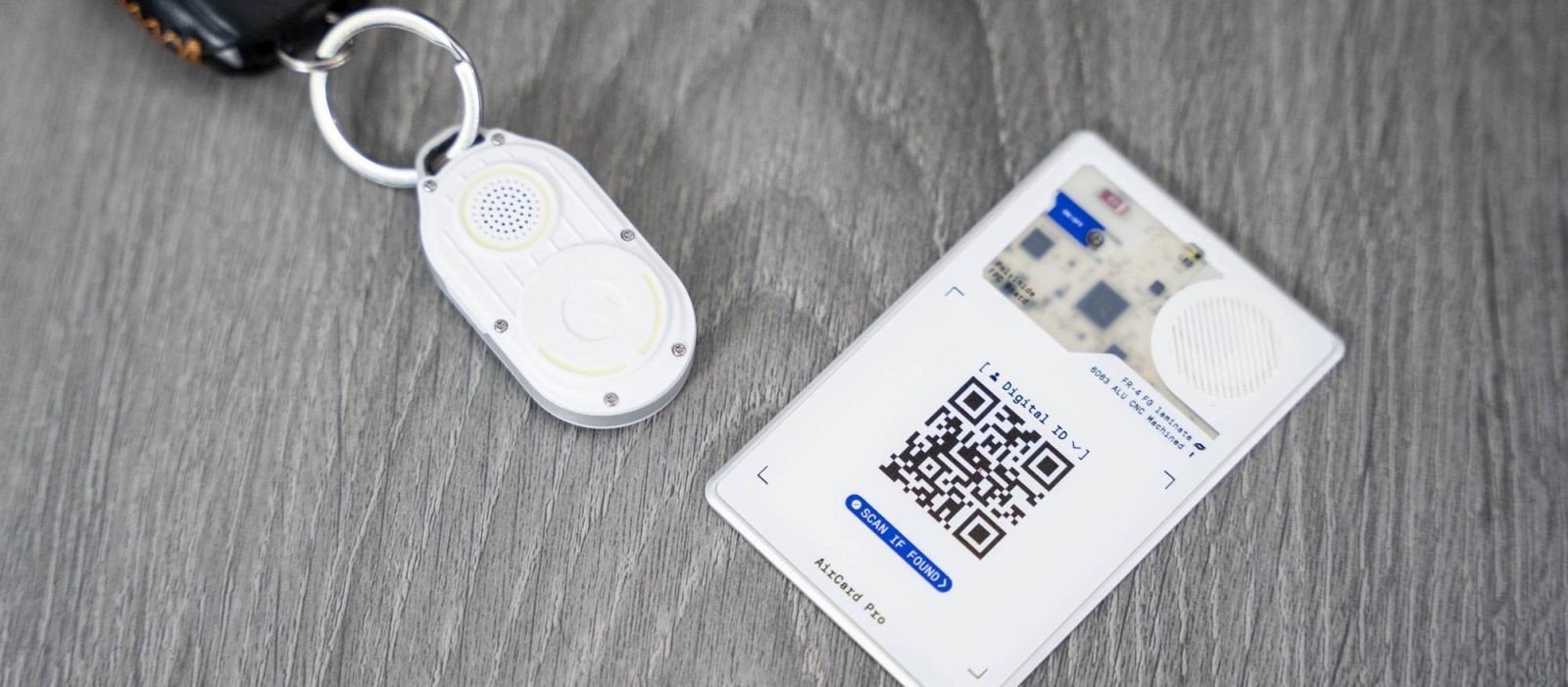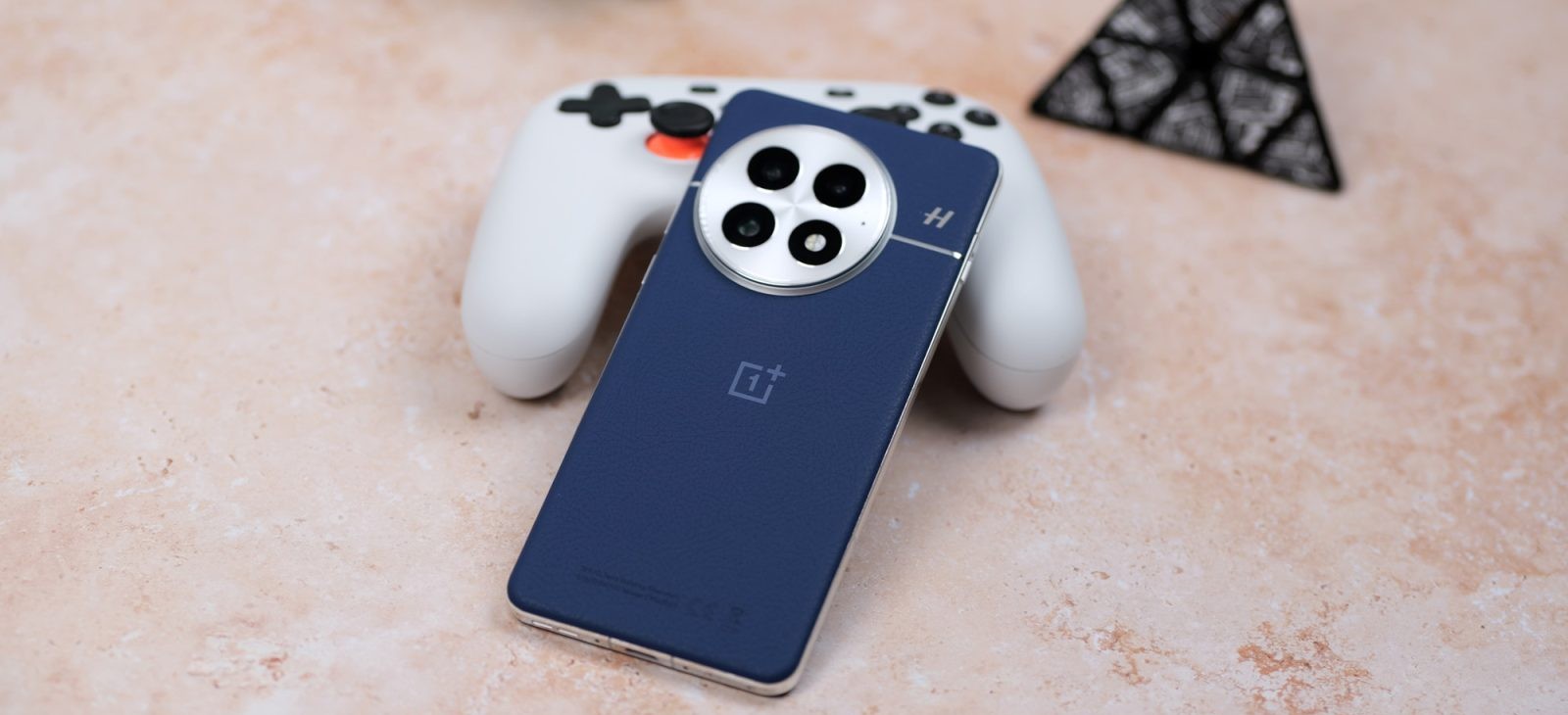Samsung’s Galaxy Z Fold 7 stands as a testament to the company’s commitment to innovation in the foldable smartphone market. With its sleek design, advanced features, and enhanced durability, it has garnered attention from tech enthusiasts worldwide. However, beneath its polished exterior lies a complex internal structure that presents significant challenges for repairability.
Design and Durability Enhancements
The Galaxy Z Fold 7 boasts a refined design, measuring approximately 168.4 × 72.6 × 8.9mm when folded and 158.2 × 143 × 4.2mm when unfolded, and weighing around 215 grams. These dimensions make it the lightest and thinnest model in the Galaxy Z Fold series to date. The device features two Dynamic AMOLED 2X displays: a 6.5-inch cover display with a 21:9 aspect ratio and an 8.0-inch main foldable display capable of reaching up to 2,600 nits of brightness under specific conditions. ([en.wikipedia.org](https://en.wikipedia.org/wiki/Samsung_Galaxy_Z_Fold_7?utm_source=openai))
Samsung has made significant strides in enhancing the device’s durability. The new Armor Flex Hinge features a gentler waterdrop curve, reducing the crease in the inner screen. The main display is protected by a lighter lattice structure made of titanium and 50% thicker ultra-thin glass. Additionally, the device utilizes Gorilla Glass Victus 2 on the back, Gorilla Glass Ceramic 2 on the front display, and an Advanced Armor Aluminum body to ensure robustness. ([tomsguide.com](https://www.tomsguide.com/phones/samsung-phones/samsung-galaxy-z-fold-7-just-announced-and-its-a-massive-all-around-upgrade?utm_source=openai))
Repairability Challenges
Despite these advancements, the Galaxy Z Fold 7 presents considerable challenges when it comes to repairability. A teardown by iFixit revealed that the device is extremely difficult to repair, earning a low 3/10 repairability score. The complex dual-battery design and fragile foldable display contribute to this low score. ([androidheadlines.com](https://www.androidheadlines.com/2025/08/samsung-galaxy-z-fold-7-teardown-repair.html?utm_source=openai))
The device’s dual-battery setup, split across both halves, complicates the repair process. Removing these batteries requires navigating through a maze of components, including ribbon cables, screws, and brackets. The batteries are secured with pull-tab adhesives that often tear, necessitating forceful removal. Given the thinness of the batteries, excessive pressure during removal could lead to bending, increasing the risk of combustion. ([tomsguide.com](https://www.tomsguide.com/phones/samsung-phones/i-repaired-samsung-phones-for-a-living-and-the-galaxy-z-fold-7-looks-like-my-nightmare-come-to-life?utm_source=openai))
The inner foldable display adds another layer of complexity. Despite being rated for 500,000 folds, the 8-inch AMOLED panel is extremely sensitive to pressure and torsion. Even minor mishandling during disassembly can cause damage. iFixit estimates that a screen repair could cost nearly $600, and replacing just the panel isn’t realistic in most cases, as the screen and chassis replacements are typically bundled. ([androidauthority.com](https://www.androidauthority.com/galaxy-z-fold-7-repair-score-ifixit-3584265/?utm_source=openai))
Durability vs. Repairability
Interestingly, some of the design choices that enhance the Galaxy Z Fold 7’s durability may also contribute to its repair challenges. The strong adhesives and tightly packed components that frustrate repair efforts also contribute to the device’s impressive structural strength. For instance, the device survived rigorous durability tests, including JerryRigEverything’s notorious bend test, showcasing its resilience. ([androidauthority.com](https://www.androidauthority.com/galaxy-z-fold-7-repair-score-ifixit-3584265/?utm_source=openai))
Conclusion
The Samsung Galaxy Z Fold 7 is a marvel of modern engineering, offering a sleek design, advanced features, and enhanced durability. However, its complex internal structure and design choices present significant challenges for repairability. While the device is built to withstand daily wear and tear, users should be aware of the potential difficulties and costs associated with repairs. As foldable technology continues to evolve, striking a balance between durability and repairability will be crucial for future iterations.



